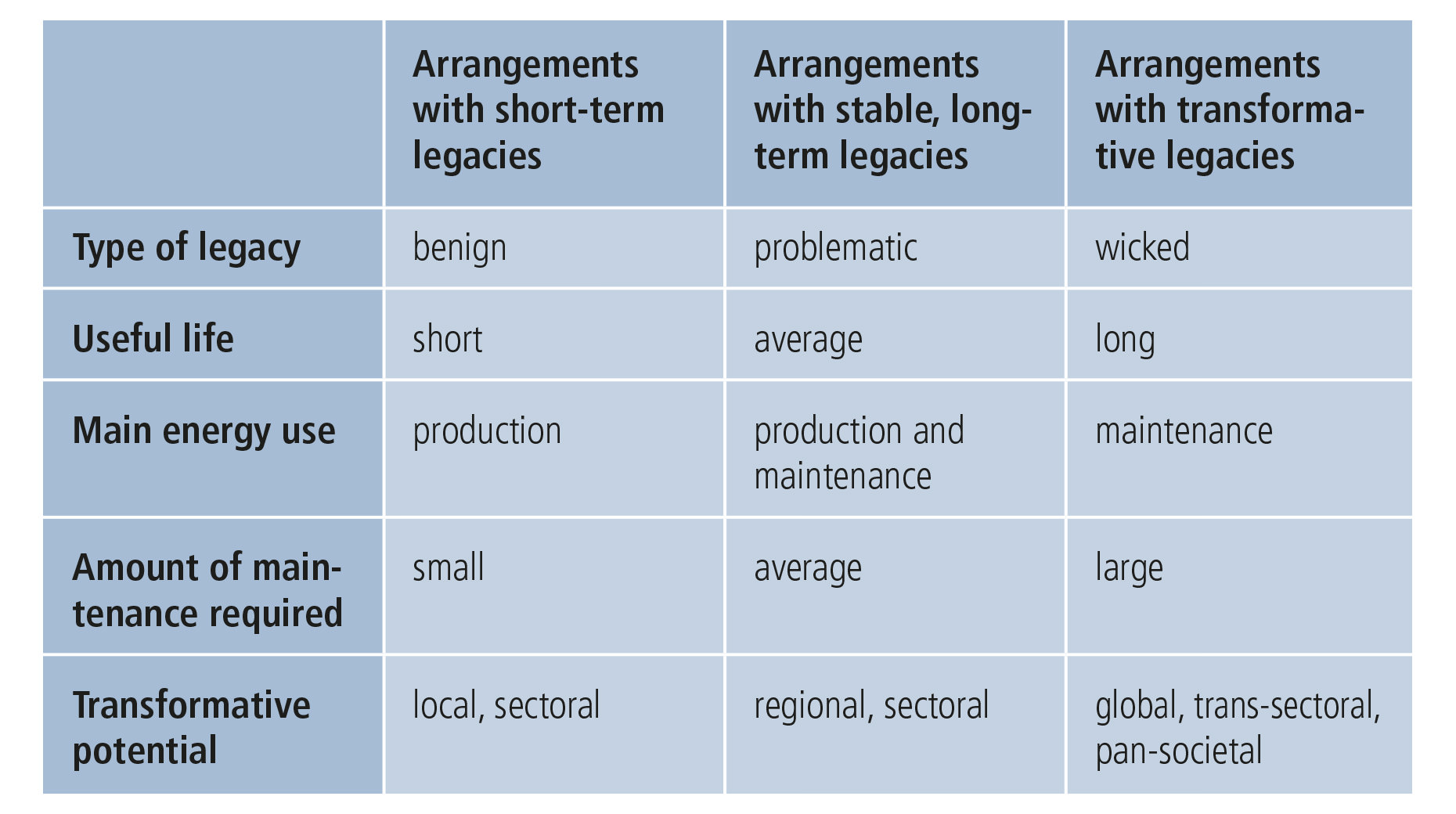Risk in Perpetuity
Ceramic water jugs lined with radium ore – so-called ‘Revigators’ – were available to buy in shops from around 1920. The idea was that any water left in the Revigator overnight would be enriched by radon, a radioactive noble gas. The water was then drunk the next morning and was supposed to increase one’s vitality. Quite the opposite happened: the heavy metals present in the carnotite lining – such as lead, arsenic, vanadium and uranium – entered the body. The ‘revigatorised’ water could contain dangerous concentrations of these elements, far exceeding today’s safety limits in some cases.
Something that is unimaginable by the standards of today proved to be a real trend at the time: in 1929 more than 80 radioactive medical and cosmetic preparations were officially listed in Germany alone – including chocolate and toothpaste. A fatality in 1931 caused by the consumption of a radioactive tonic over a number of years was the first death to be attributed to radiation. This prompted a gradual shift in perception of the risk involved. Despite the scientific evidence, Doramad toothpaste – which contained thorium – was available to buy in shops until the early 1940s.

Such transformations in the perception of risk have repeatedly occurred throughout the history of humanity. They generally follow the same pattern.
The perception of risk follows a pattern: the positive effects of new developments are almost always overestimated
The positive effects of new developments are overestimated, and the negative effects are underestimated. Environmental history would like to play its part in establishing a precautionary society by taking a closer look at such shifts in perceptions.
A legacy of the Cold War
An unusual construction site can be found in Hanford on the Columbia River in the US state of Washington. This is the location of one of the world’s largest clean-up operations where, every day, 3,000 tonnes of radioactively contaminated material is treated as far as possible and prepared for temporary storage. This former plutonium production reactor site, which was built in 1943, is contaminated with some seven million tonnes of nuclear waste. This would be enough to cover 612 football fields up to a height of one metre. More than 13 million litres of radioactive and chemically hazardous waste is being stored in 177 underground tanks, which are long past their operational life. The radioactivity here is estimated to be 176 million curies – twice the level of Chernobyl. No permanent disposal site has been found yet. Plutonium was produced at the site until 1987, and its clean-up has been ongoing since 1989. This means that a 44-year operating period has so far required 26 years of clean-up – and counting.
When this clean-up operation will be completed remains uncertain. Back in 2005 it was expected that the full clean-up of the Hanford site would be accomplished by 2035. A report published in 2010 predicted that the clean-up in Hanford would be completed in September 2052. By 2013, however, the annual report remained unspecific on how long it would take.
A long-term risk assessment is often not included in either the planning or the evaluation of options
The vitrification of radioactive waste – a technology that has been tried and tested in nuclear reprocessing plants such as La Hague – is to be used in Hanford to enable the production of radioactive waste that can be stored over the long-term. However, new risks could arise from attempts to process the radioactive, chemically reactive and corrosive sludge in tanks that are now leaking. It will therefore presumably be impossible to build the vitrification plant – which was intended to form the centrepiece of clean-up operations – as planned in line with regulations. There is evidently still no method available that could eliminate this risk while complying with safety standards. Based on the half-life of plutonium, it will take roughly 240,000 years until only 0.1 per cent or nine kilogrammes of the nine tonnes of plutonium stored at the Hanford site (the quantity required, for example, to build a plutonium bomb) is left. Hanford will therefore remain a facility that requires extensive environmental monitoring and maintenance as well as massive security precautions until into the 22nd century.
When the socioecological legacy becomes a burden in perpetuity
Current and future human practices are influenced by what already exists; this is called a ‘socio-ecological legacy’. In the worst-case scenario, however, this legacy becomes a burden in perpetuity. For example, the previous use of the Hanford site as a nuclear fuel plant virtually rules out the possibility of it being used at all in future.
Human legacy can be benign, problematic or, in the worst cases, wicked (see Table 1). Insidious arrangements create avery long-term legacy. A society that has created an insidious nuclear legacy has to act accordingly in perpetuity – as witnessed by the international community’s policies on Iran and Pakistan.

Examples of ‘risk spirals’ caused by human technical intervention have not only arisen since the nuclear age. They date back to the dawn of humanity: societies engaged in agriculture were initially often unable to protect their deforested soils adequately against erosion by wind and water; they therefore lost huge amounts of land. On the other hand, agrarian cultures in China as far back as several millennia ago – and in the southern Ethiopian highlands many centuries ago – created terraces in order to protect their soil as a natural resource. Terraces result in benign legacies because walls and drainage systems need to be maintained. This worked well in China for thousands of years. It was not until the Communist Party’s mass campaign of the Great Leap Forward between 1958 and 1961 that rural life and land use in China were totally transformed, which ended in a devastating and catastrophic famine, causing many millions of deaths. Many terraces have since fallen into disrepair and soil erosion has reached dramatic proportions. Large numbers of farmers in southern Ethiopia have felt in recent decades that maintaining such terraces is simply too much work; they have therefore destroyed their walls and created larger, steeper fields. Since then, heavy torrents that wash away the soil during the rainy season have reduced the long-term fertility of the land. In recent years there have been many cases of Ethiopian farmland having to be abandoned.
The lasting impact of the huge growth in the use of land as a natural resource since the middle of the 20th century has heightened a number of risks: there is less usable land available, its water retention capacity is being diminished, and soil erosion, the contamination of rivers and lakes, and flood risk are all on the increase.
So far there has been no adequate institutional response to the threats resulting from quite possibly well-intentioned but, ultimately, devastating technical interventions. A long-term risk assessment is, for structural reasons, often not included in either the planning or the financial and legal evaluation of options. Some legal instruments are actually counter-productive. Society still appears to be blind to the ways in which we are being bound by such arrangements and to the risk spirals into which we are being drawn. This should give us pause for thought because any sustainable society must avoid – or, at least, minimise – wicked legacies by being aware of history and taking a long-term view of the future.
Parts of this text were originally published in: Winiwarter, V.: Von Ewigkeitslasten und Nebenwirkungen. Der Beitrag der Umweltgeschichte zu einer vorsorgenden Gesellschaft. In: Soziale Technik, Heft 5 2014, pages 2–4.
Bibliography Epstein M.S. Et al.: What Were They Drinking? A Critical Study of the Radium Ore Revigator. In: Applied Spectroscopy, Vol. 63, Nr. 12/2009, S. 1406–1409.
Findlay, J.M., B.W. Hevly: Atomic Frontier Days: Hanford and the American West. Seattle: University of Washington Press 2011.
Fischer, R. et.al.: Grundsätzliche Überlegungen zu einer vorsorgenden Gesellschaft und der Rolle von Wissenschaft. In: Heike Egner, Martin Schmid (Hg.): Jenseits traditioneller Wissenschaft? Zur Rolle von Wissenschaft in einer vorsorgenden Gesellschaft. München: oekom 2012, S. 49–70.
Sieferle, R.P., U. Müller-Herold: Überfluß und Überleben – Risiko, Ruin und Luxus in primitiven Gesellschaften. In: GAIA 5.3-4, S. 135–143, 1996.
Weart, S.R.: Nuclear Fear: A History of Images. Harvard University Press 1988.
Winiwarter, V: The 2013 DIAnet International School, its aims and principles against the background of the sustainability challenges of the Danube River Basin. In: Stefano Brumat, Diana Frausin (Hg.), DIAnet International School Proceedings 2013. Interdisciplinary Methods for the Sustainable Development of the Danube Region. Gorizia, 13rd–22nd April 2013, Trieste, EUT Edizioni Università di Trieste 2013, S. 19–41.
Winiwarter V., H.-R. Bork: Aus Umweltgeschichte lernen? Ein Plädoyer für Weitsicht, Rücksicht, Vorsicht und Zuversicht. Wien: Picus 2014.
Winiwarter, V., M. Knoll: Umweltgeschichte. Köln/Weimar/Wien: UTB 2007.
About the author
Prof. Dr. Verena Winiwarter, born 1961, is professor of environmental history and director of the Centre for Environmental History at the University of Klagenfurt (based in Vienna). She is a corresponding member of the Austrian Academy of Sciences and was voted ‘Austrian Academic of the Year 2013’ by the Austrian Club of Education and Science Journalists.
Credit: Lukas Winiwarter
The website of the Institute of Social Ecology at the University of Klagenfurt contains information on Verena Winiwarter's biography, projects, publications and teaching.
Visit WebsiteAbout the author
Prof. Dr. Hans-Rudolf Bork, born 1955, is professor of ecosystem research at the University of Kiel. He researches worldwide on the subject of land use and soils. He was president of the German Geographical Society from 2008 to 2013.